Around the world in brutalist interiors – take a tour with this new book
'Brutalist Interiors' is a new book exploring the genre's most spectacular spaces; we speak to its editor Derek Lamberton, and ask for his top-three must-sees

We have been described as fans of brutalist architecture, so when new book Brutalist Interiors landed on our desk, it was cause for excitement. The tome offers a deep dive into the powerful, fascinating and often controversial movement's spaces – bringing to the fore a rich and international selection of important architecture, and luxurious, swoon-worthy photography. Created for independent publisher Blue Crow Media and edited by Derek Lamberton, the title presents a global survey spanning more than 100 interiors in 30 countries. We caught up with the editor to find out more.
Discussing 'Brutalist Interiors' with Derek Lamberton
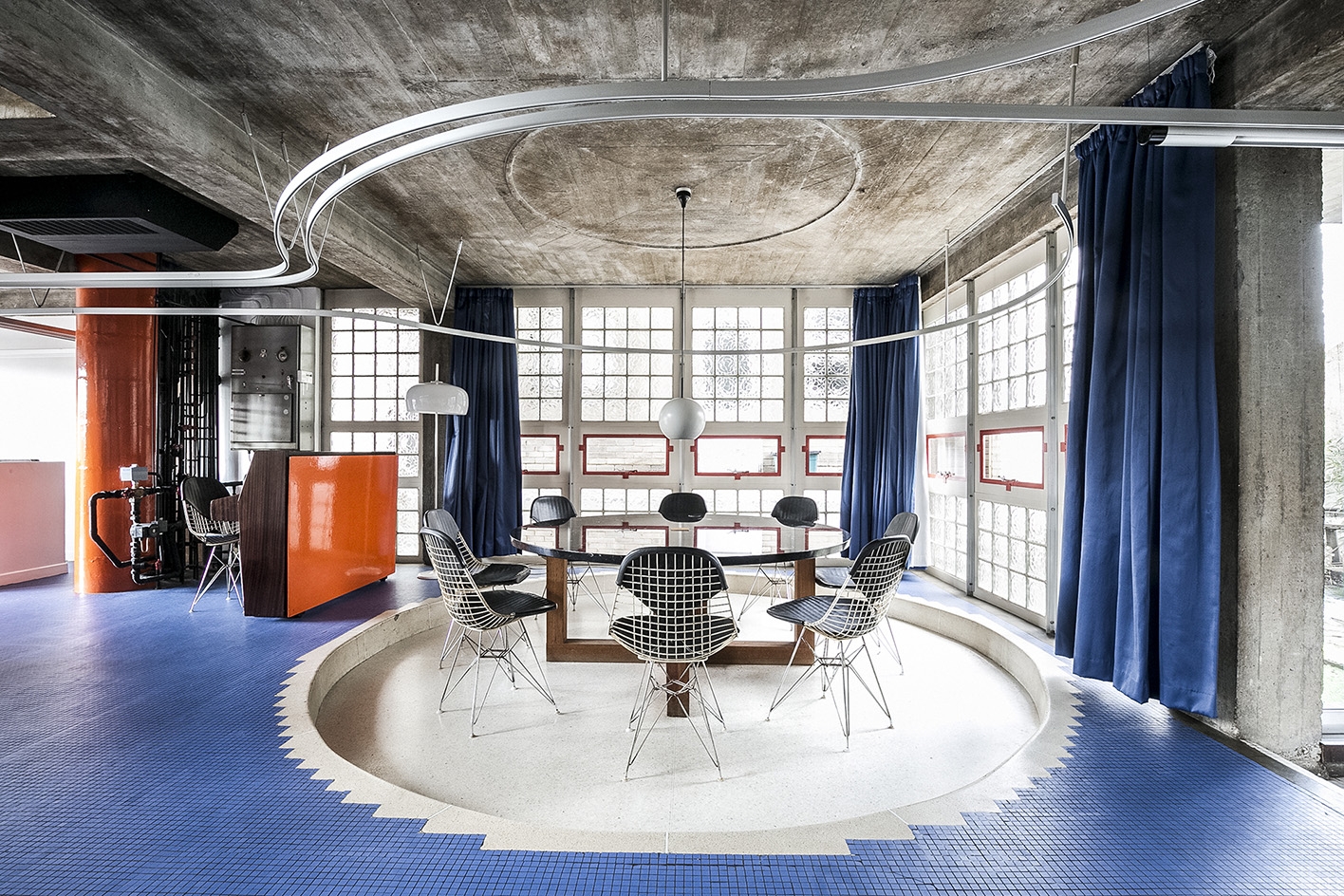
Housden House, Brian Housden, 1963–65, London, United Kingdom
W*: What inspired you to create this book?
Derek Lamberton: Brutalist Interiors follows a decade of publishing brutalist architecture maps and books. Visiting buildings featured in these titles is always fascinating, whether in Skopje, Buenos Aires or even here in London. But access to original interiors is rare – and it can be thrilling when the opportunity presents itself. This is what I hope readers find in the book.
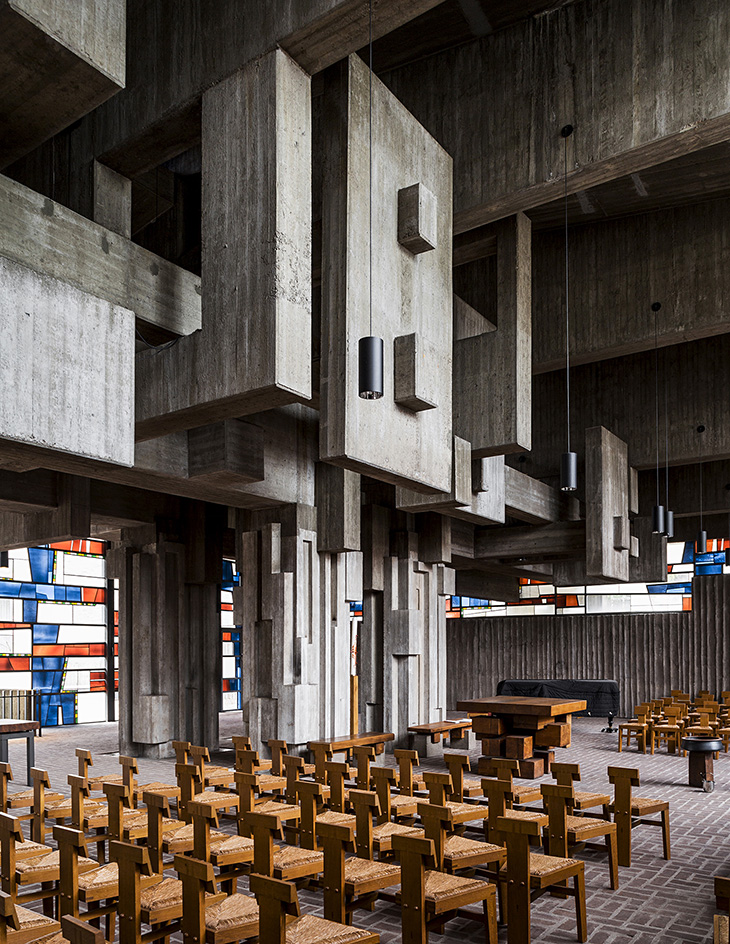
Johannes XXIII Church, Heinz Buchmann and Josef Rikus, 1968, Cologne, Germany
W*: What makes a 'brutalist' interior?
DL: The vast majority of the interiors included in the book display the movement’s primary characteristics. Think raw concrete, exposed structural elements, and so on. Additionally, I have ended the book with a selection of contemporary interiors. Prefaced by an essay by Felix Torkar in which he elaborates on his term ‘Neobrutalism’, the interiors that follow all reveal the lasting influence of brutalism on interiors today. Some of the more memorable examples here are the Pedro Reyes House in Mexico City and the Shui Cultural Centre in Guizhou.
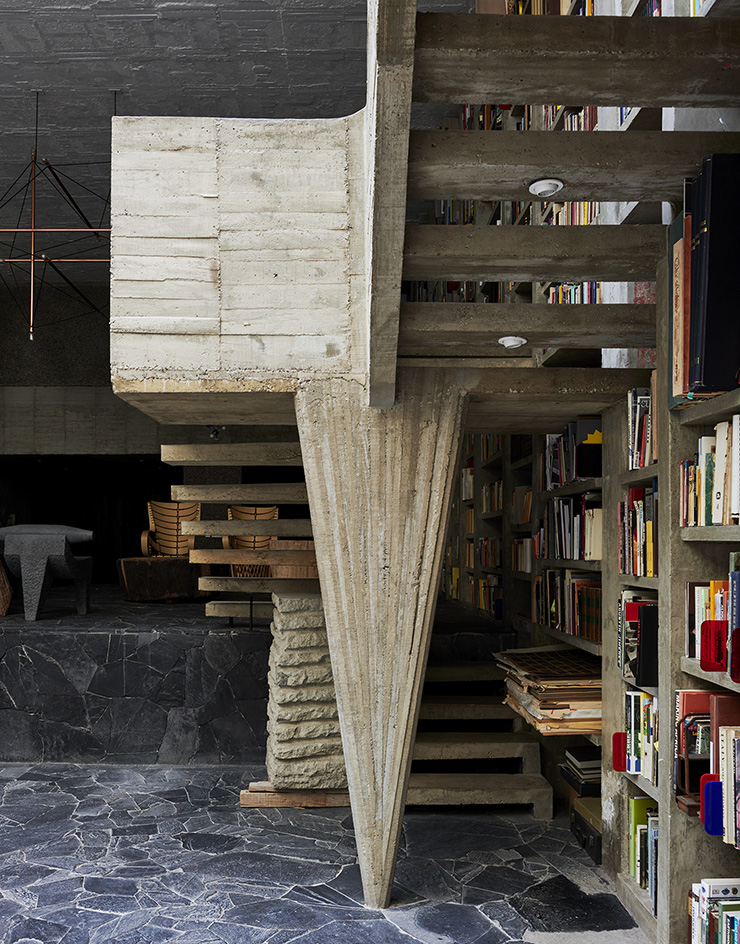
Pedro Reyes House, Pedro Reyes, 2015, Mexico City, Mexico
‘Concrete is not only versatile but it can be made fun’
Derek Lamberton
W*: What is the biggest misconception people have about brutalist interiors or brutalism?
DL: That it is all heavy, dark and grim. I had originally planned to print this book in black and white, but as I researched further, I was energised by both the tonal effect of the concrete interiors and, in juxtaposition, the power of a well-positioned colour feature. This was often as obvious as wooden furnishings or a brass handrail, but also appeared as yellow church organs, purple stained glass or creamy magnolia blossoms through a window. In other words, concrete is not only versatile but it can be made fun.
Receive our daily digest of inspiration, escapism and design stories from around the world direct to your inbox.
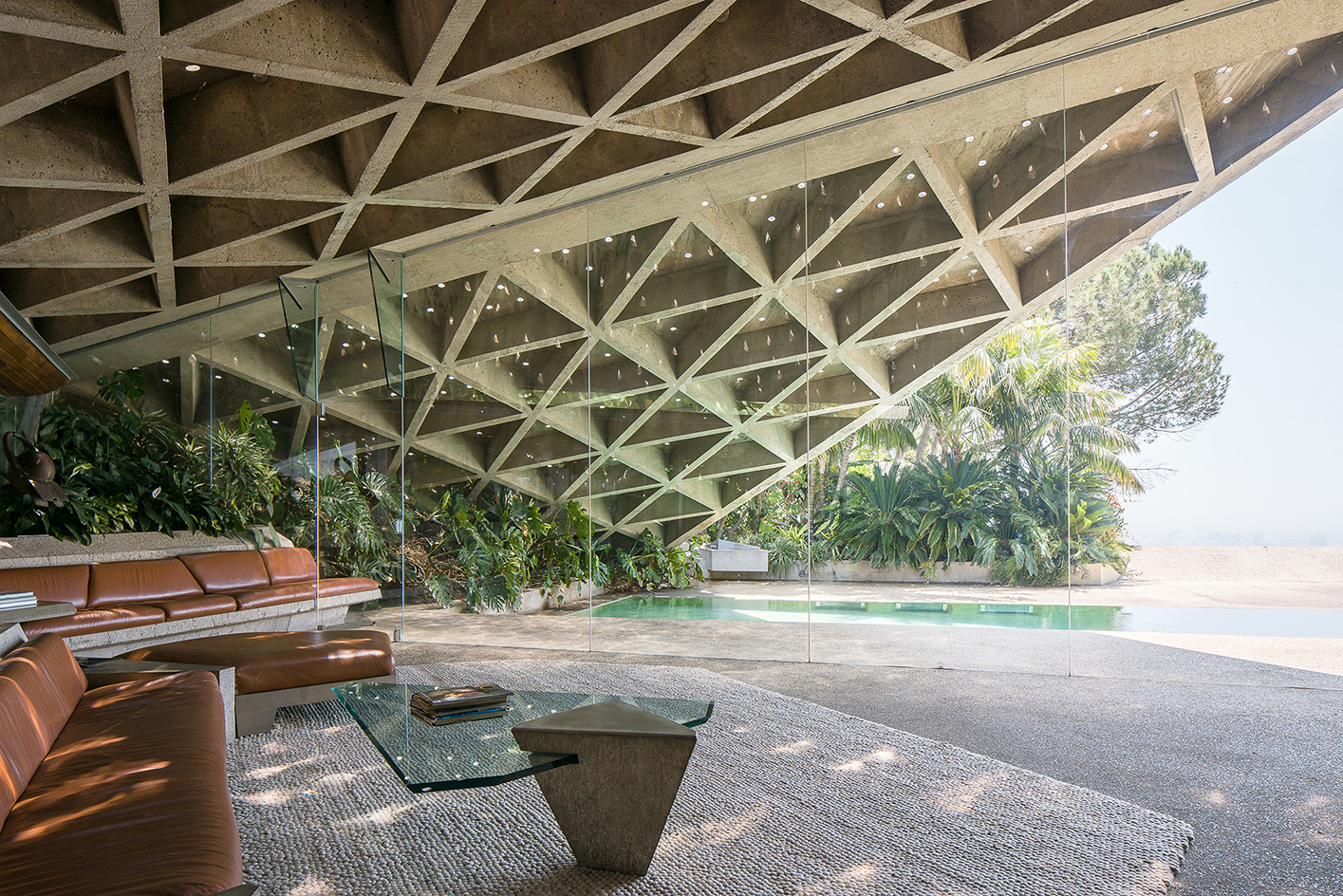
Sheats–Goldstein Residence, John Lautner, 1963, Los Angeles, CA, USA
W*: What is your favourite brutalist building or interior?
DL: Some of the domestic interiors featured in the book are swoon-worthy and might be considered inspirational if you work in a more lucrative profession than publishing. But I’m more drawn to large public buildings – places like the Barbican and Sava Centre – where anyone can wander around with a friend and stumble upon details that encapsulate the era or piece together thematically.

Cafeteria, Saarland University, Walter Schrempf and Otto Herbert Hajek, 1963–70, Saarbrücken, Germany

Temple of Monte GrisaAntonio Guacci, Sergio Musmeci, 1965 Trieste, Italy
W*: What surprised you when working on the book? Any new interiors you never knew existed, or anything about them that made you do a double-take?
DL: Over the years, I have rarely, if ever, published colour images of brutalist architecture. Our annual Brutalist Calendar, for example, leans towards more dramatic images with defined shapes and strong shadows. But, when the book’s designer, Jaakko Tuomivaara, and I were arranging the images, I realised there was something almost joyful about this book. It felt like an opportunity to present a different side of brutalism, and hopefully to broaden its appeal as a result.
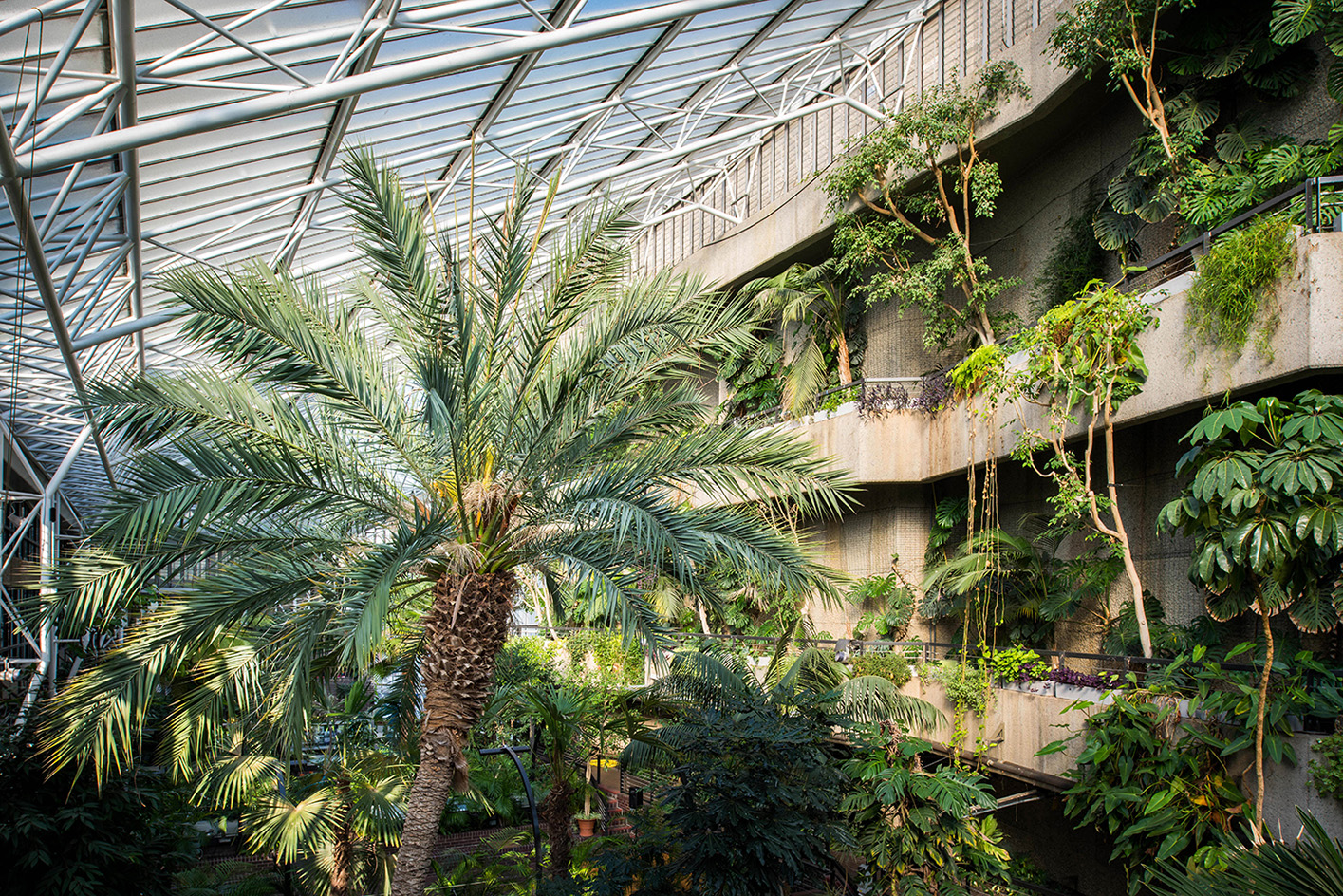
Barbican Conservatory, Chamberlin, Powell and Bon, 1962–84, London, United Kingdom
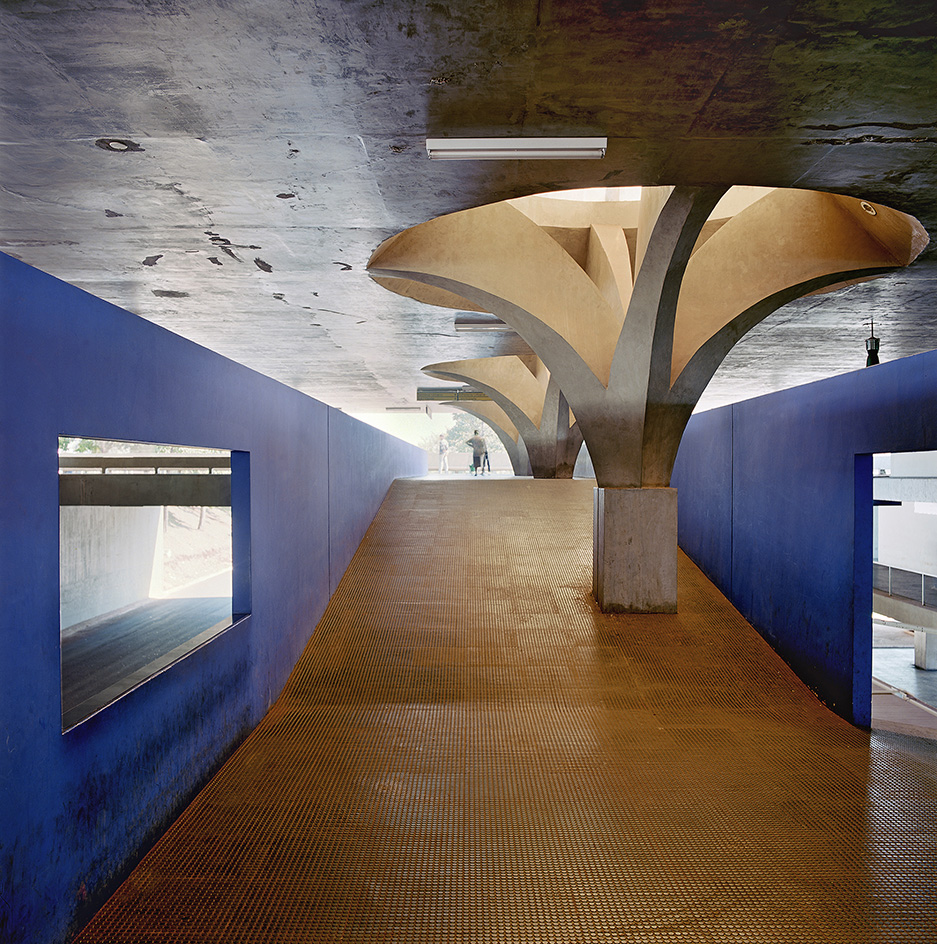
Jaú Bus Station, João Batista Vilanova Artigas, 1975, São Paulo, Brazil
W*: If someone can only visit three brutalist interiors in the world, which are the top three must-sees for a better understanding of the genre?
DL: Ha ha. I like this scenario. Let’s do this person a favour and stretch out their journey as far as possible. I suppose it is only right to begin with Le Corbusier… Let’s start with a trip to Northern India to Chandigarh, where the brutalist interiors of his planned urban centre can be explored sequentially. Then off to Vienna for a spiritual sojourn within the concrete blocks of Wotruba church. And finally, let’s finish things off in a leather lounge chair, feet up, cocktail in hand, in one of Ruy Ohtake’s residences in São Paulo – perhaps the Paulo Chedid Simão House. That should offer plenty to reflect upon as the ice cubes rattle.
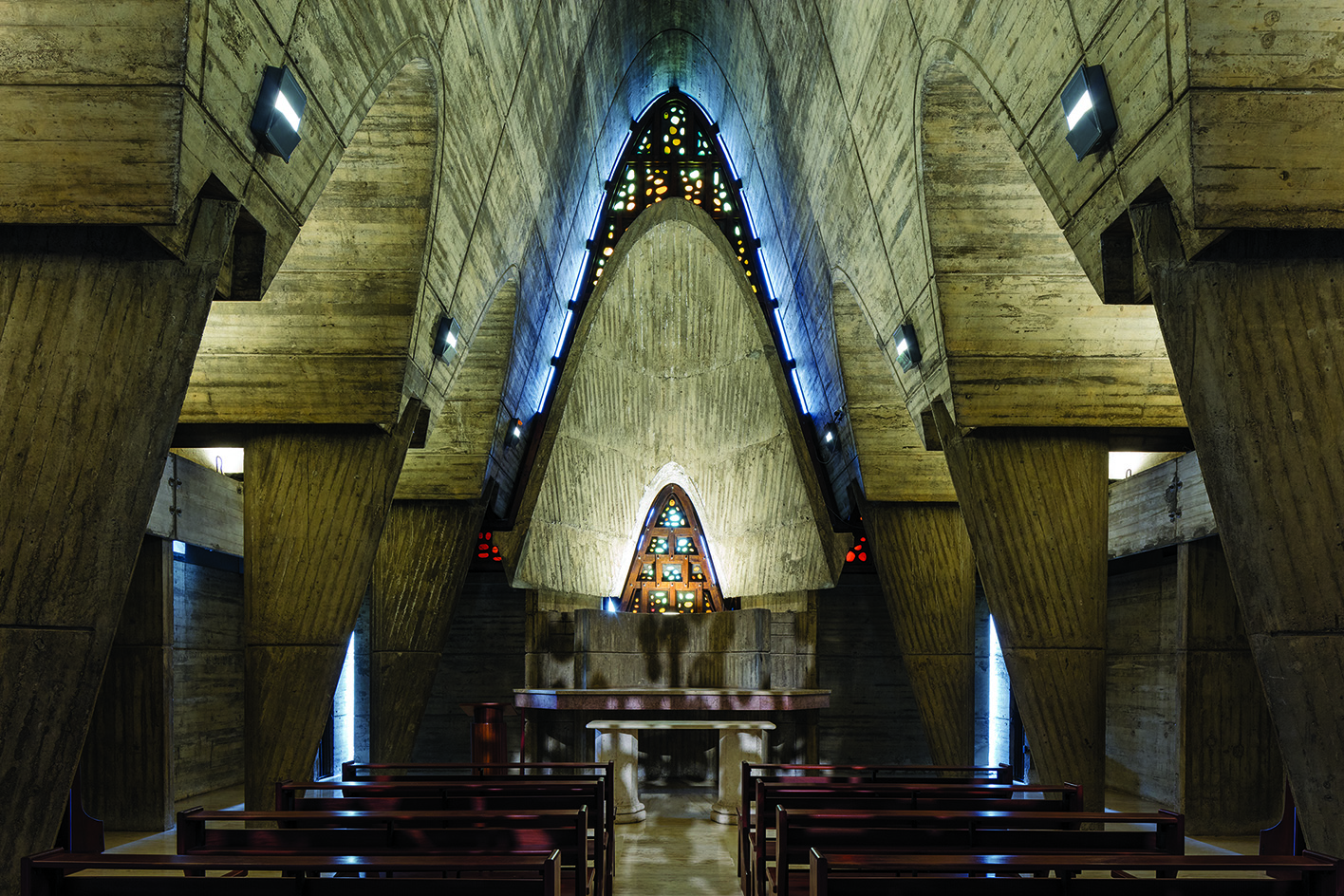
Basilica-Cathedral of Our Lady of Altagracia, André Dunoyer de Segonzac, Pierre Dupré, 1949–71, Higüey, Dominican Republic
Ellie Stathaki is the Architecture & Environment Director at Wallpaper*. She trained as an architect at the Aristotle University of Thessaloniki in Greece and studied architectural history at the Bartlett in London. Now an established journalist, she has been a member of the Wallpaper* team since 2006, visiting buildings across the globe and interviewing leading architects such as Tadao Ando and Rem Koolhaas. Ellie has also taken part in judging panels, moderated events, curated shows and contributed in books, such as The Contemporary House (Thames & Hudson, 2018), Glenn Sestig Architecture Diary (2020) and House London (2022).
-
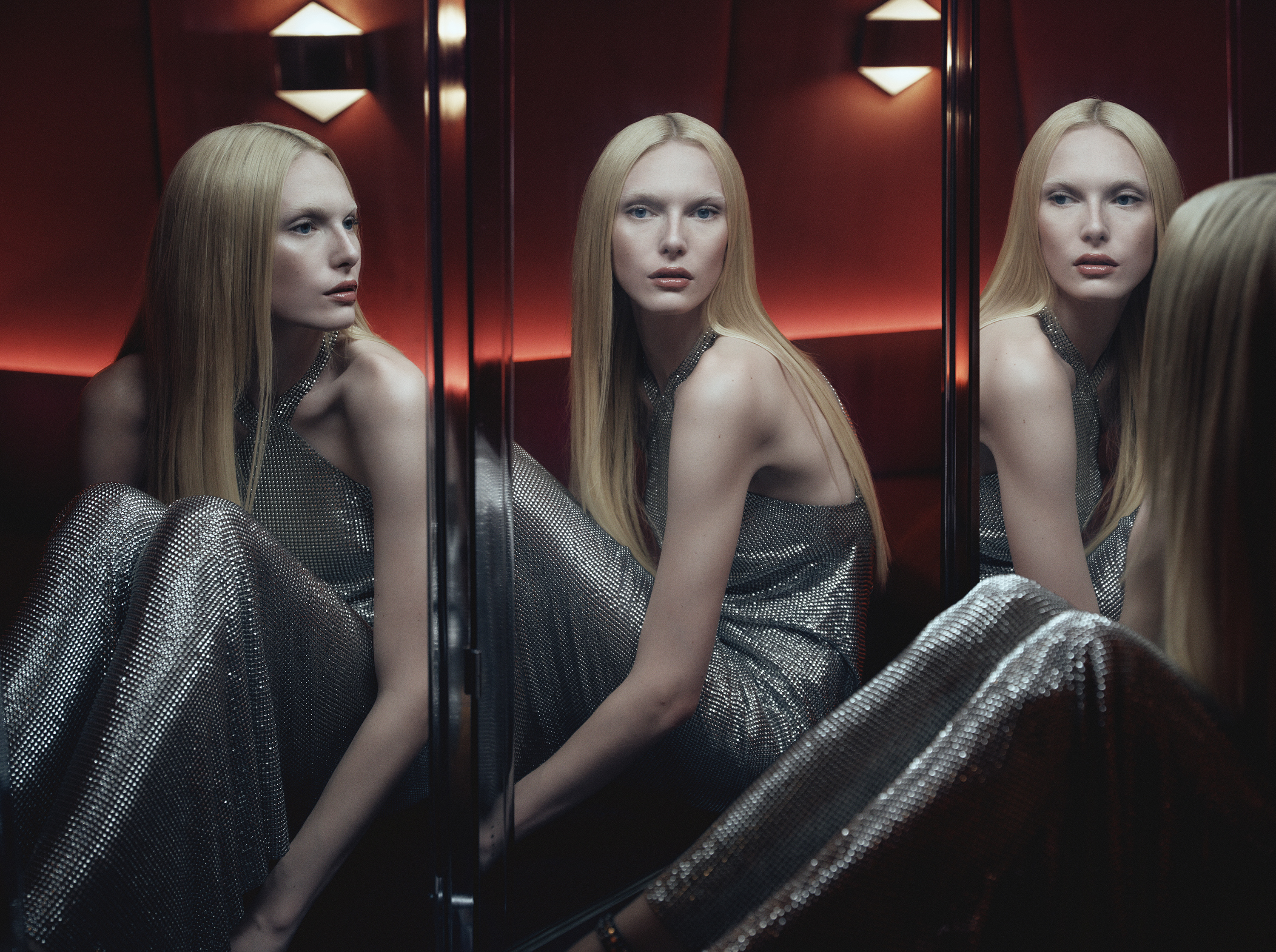 Ludovic de Saint Sernin launches a beauty and fashion collection with Zara
Ludovic de Saint Sernin launches a beauty and fashion collection with ZaraThe Paris-based designer unveils a collection inspired by New York City subcultures
-
 Inez & Vinoodh unveil romantic new photography series in Paris
Inez & Vinoodh unveil romantic new photography series in ParisA series of portraits of couple Charles Matadin and Natalie Brumley, created using an iPhone in Marfa, Texas, goes on show in Paris
-
 A Mexican town raises its game with Fernanda Canales’ Border Outlook
A Mexican town raises its game with Fernanda Canales’ Border OutlookBorder Outlook, a landmark community centre in northern Mexico designed by Fernanda Canales, goes above and beyond, giving hope to a region divided by the border wall
-
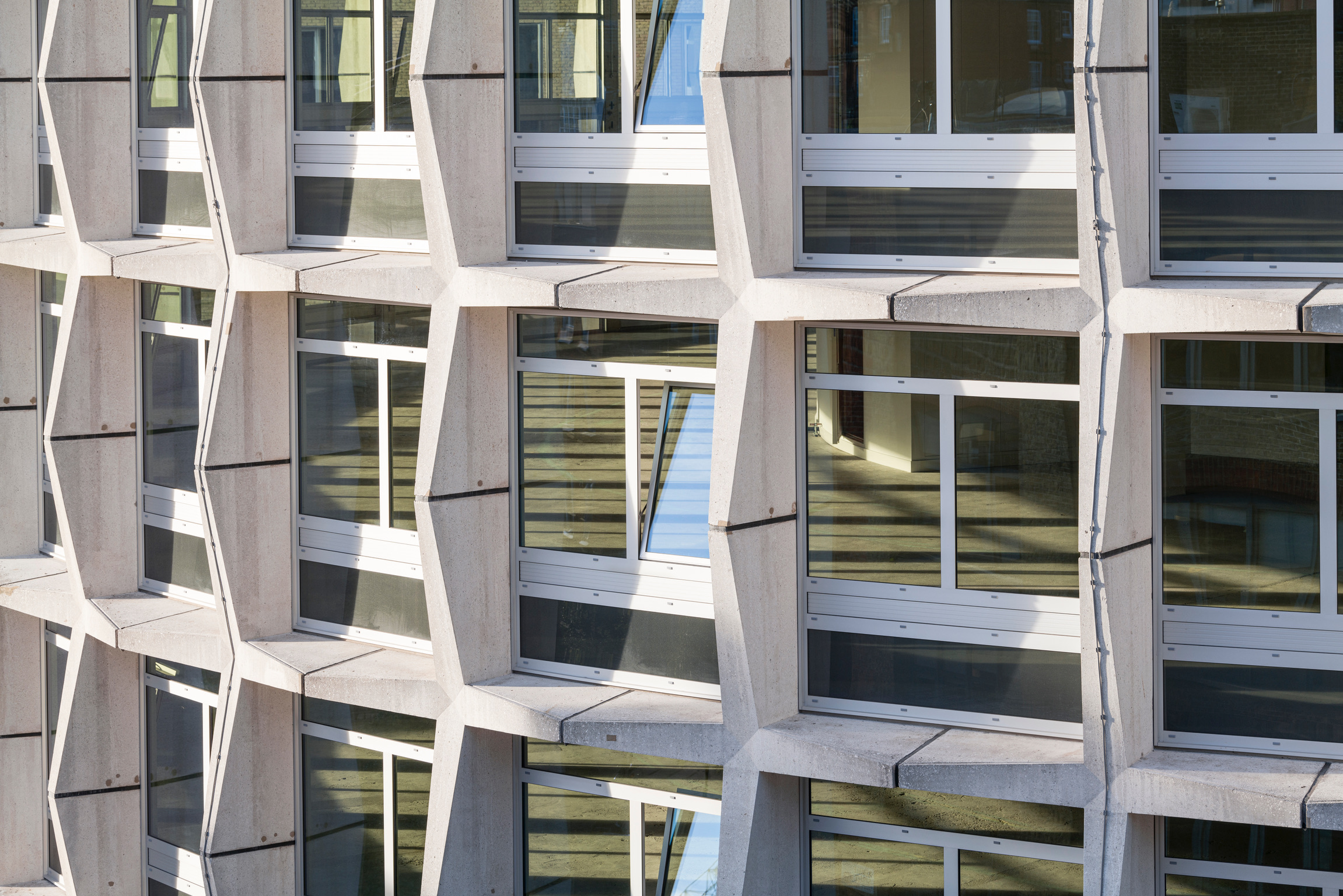 Richard Seifert's London: 'Urban, modern and bombastically brutalist'
Richard Seifert's London: 'Urban, modern and bombastically brutalist'London is full of Richard Seifert buildings, sprinkled with the 20th-century architect's magic and uncompromising style; here, we explore his prolific and, at times, controversial career
-
 The Architecture Edit: Wallpaper’s houses of the month
The Architecture Edit: Wallpaper’s houses of the monthFrom Malibu beach pads to cosy cabins blanketed in snow, Wallpaper* has featured some incredible homes this month. We profile our favourites below
-
 A neo-brutalist villa for an extended family elevates a Geneva suburb
A neo-brutalist villa for an extended family elevates a Geneva suburbLacroix Chessex Architectes pair cost-conscious concrete construction with rigorous details and spatial playfulness in this new villa near Geneva
-
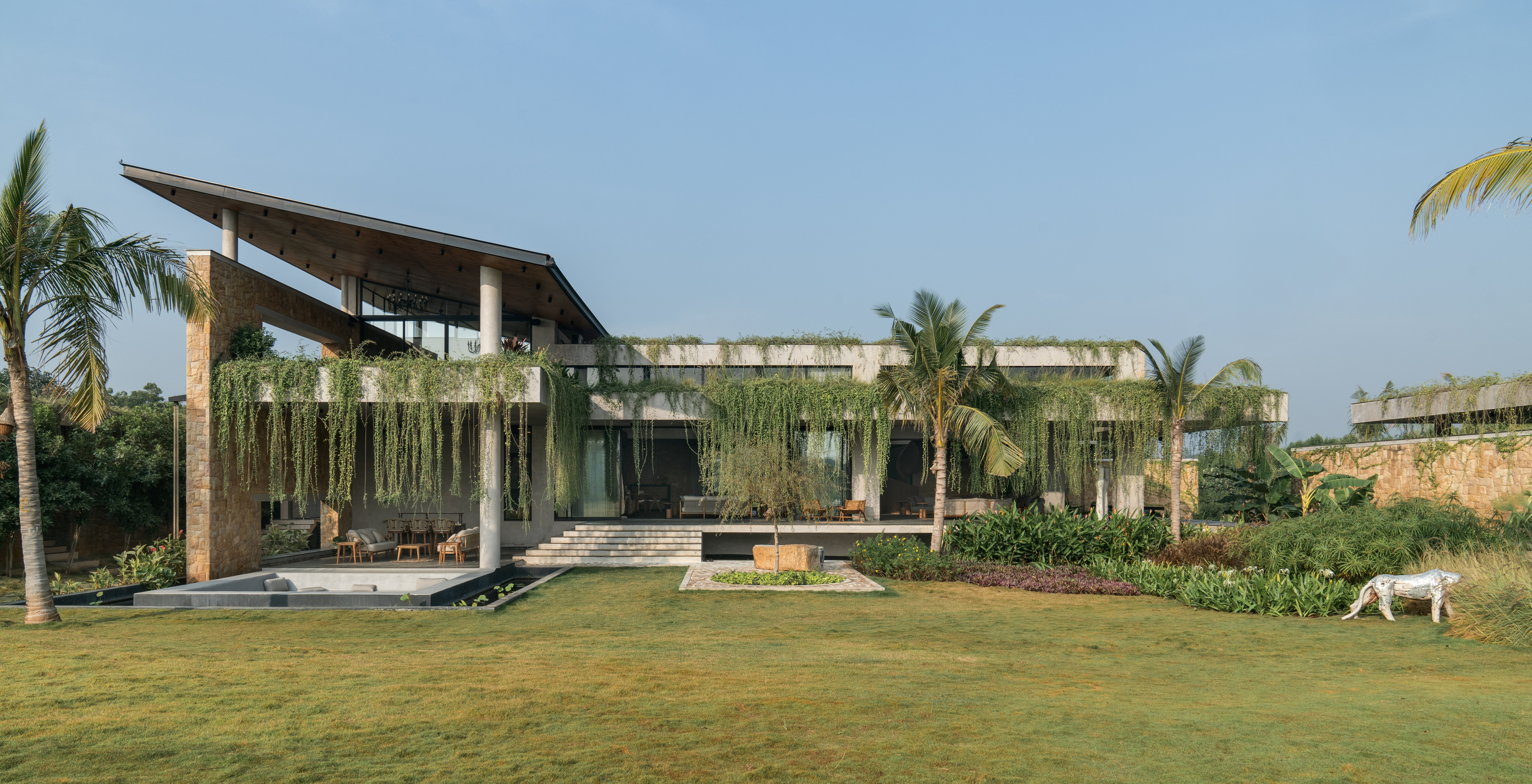 Cascading greenery softens the brutalist façade of this Hyderabad home
Cascading greenery softens the brutalist façade of this Hyderabad homeThe monolithic shell of this home evokes a familiar brutalist narrative, but designer 23 Degrees Design Shift softens the aesthetic by shrouding Antriya in lush planting
-
 Spice up the weekly shop at Mallorca’s brutalist supermarket
Spice up the weekly shop at Mallorca’s brutalist supermarketIn this brutalist supermarket, through the use of raw concrete, monolithic forms and modular elements, designer Minimal Studio hints at a critique of consumer culture
-
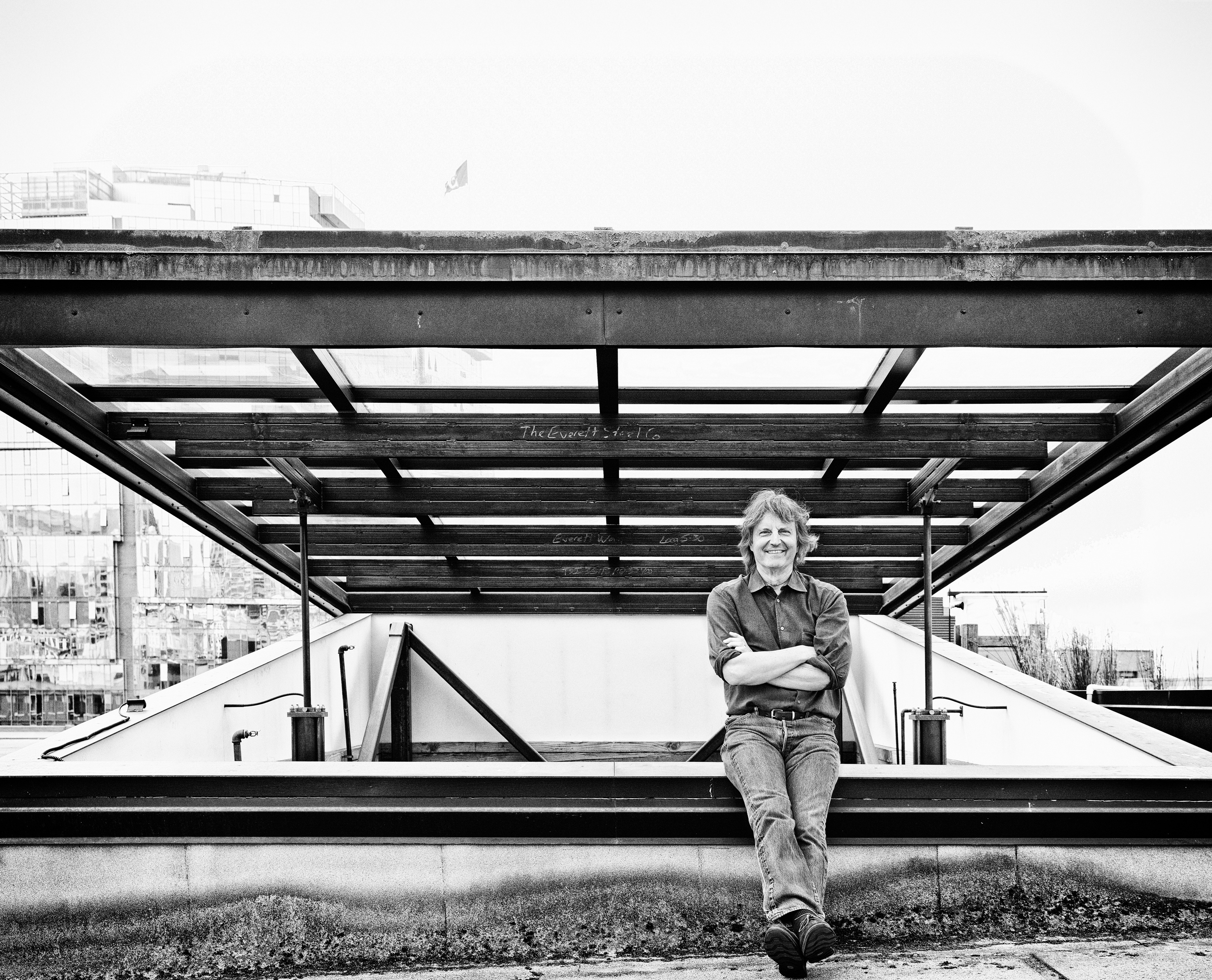 Explore Tom Kundig’s unusual houses, from studios on wheels to cabins slotted into boulders
Explore Tom Kundig’s unusual houses, from studios on wheels to cabins slotted into bouldersThe American architect’s entire residential portfolio is the subject of a comprehensive new book, ‘Tom Kundig: Complete Houses’
-
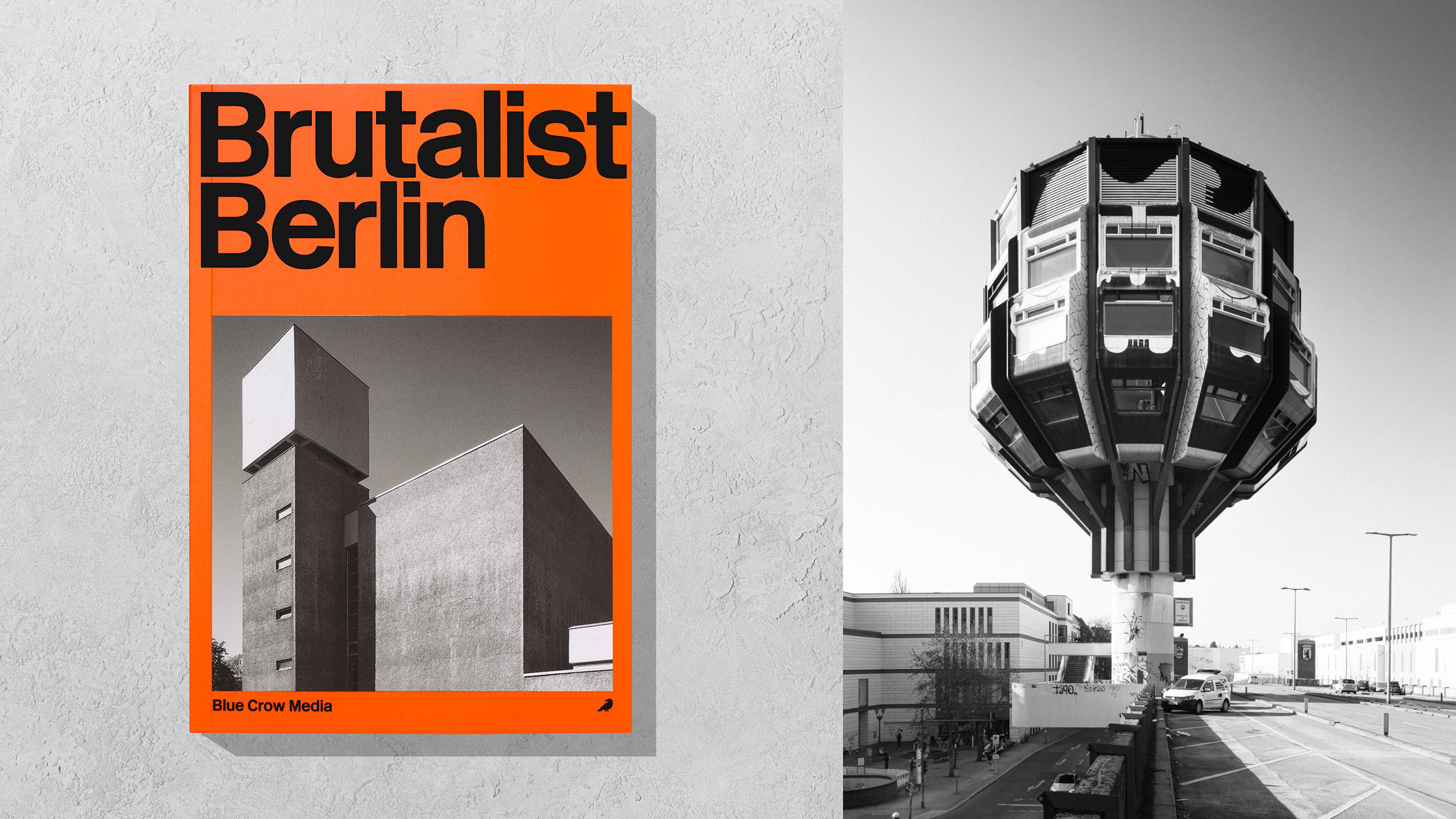 ‘Brutalist Berlin’ is an essential new guide for architectural tourists heading to the city
‘Brutalist Berlin’ is an essential new guide for architectural tourists heading to the cityBlue Crow Media’s ‘Brutalist Berlin’ unveils fifty of the German capital’s most significant concrete structures and places them in their historical context
-
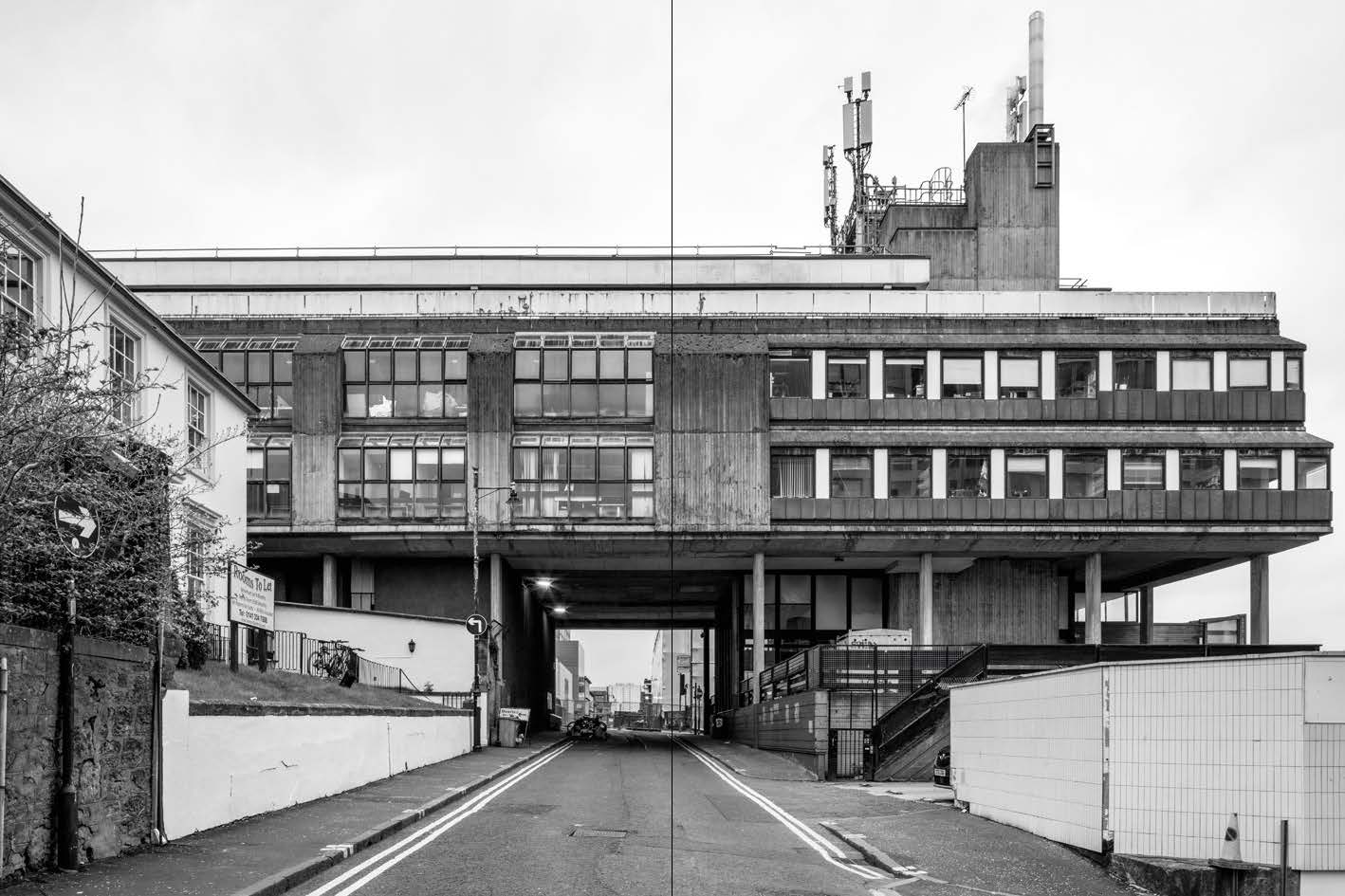 Celebrate the angular joys of 'Brutal Scotland', a new book from Simon Phipps
Celebrate the angular joys of 'Brutal Scotland', a new book from Simon Phipps'Brutal Scotland' chronicles one country’s relationship with concrete; is brutalism an architectural bogeyman or a monument to a lost era of aspirational community design?
